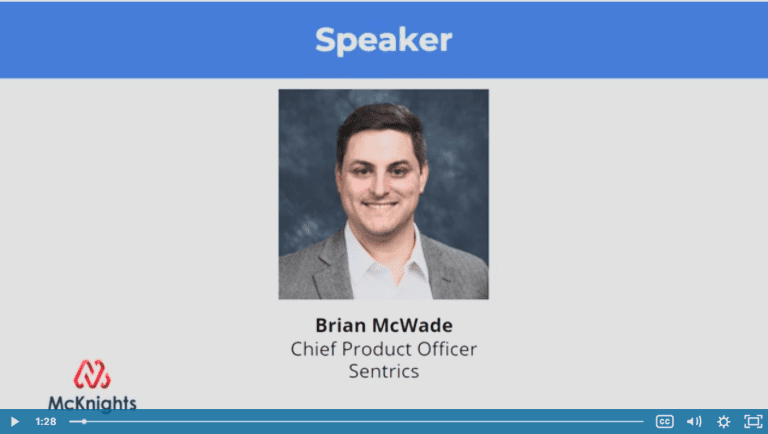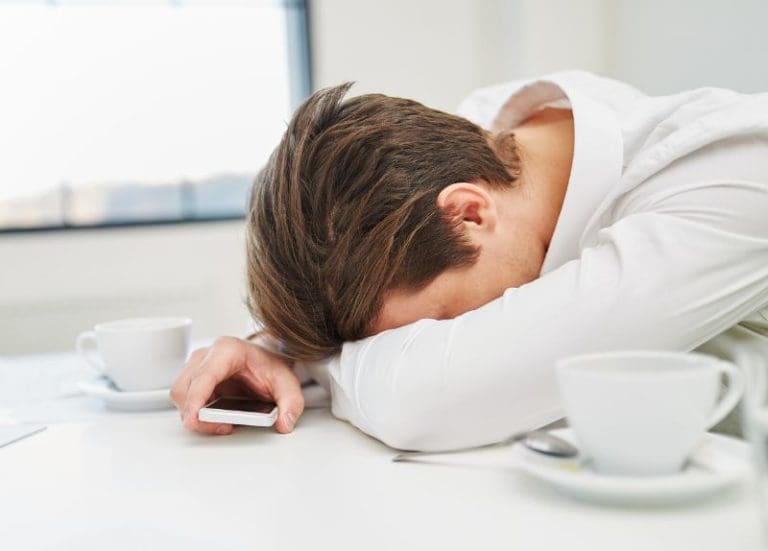The aging population is a demographic trend that continues to shape our society. With more seniors choosing to live independently or in senior living communities, ensuring their safety and well-being becomes a paramount concern. Falls are a significant threat to the health and independence of the elderly, making fall detection technology a crucial element of senior care. In this article, we will explore the importance of fall detection in senior living, focusing on its current significance, the possible future of government regulation, and the evolving landscape of insurance and payer requirements.
Current Significance of Fall Detection
Enhancing Senior Safety:
Fall detection technology plays a pivotal role in enhancing senior safety. Seniors are particularly vulnerable to falls due to age-related factors such as diminished balance, muscle strength, and cognitive impairments. Fall detection systems provide an added layer of protection by promptly alerting caregivers or emergency services when a fall is detected, potentially saving lives.
Promoting Independence:
Fall detection technology empowers seniors to maintain their independence for a longer duration. With the knowledge that assistance is readily available, seniors can live in their preferred environment without constant worry or the need for close supervision, resulting in an improved quality of life.
Reducing Healthcare Costs:
Fall-related injuries are a significant contributor to healthcare costs for seniors. By identifying and preventing falls or responding more quickly, fall detection technology can help mitigate the economic burden on individuals and healthcare systems.
The Future of Government Regulation
Standardization and Certification:
As the demand for fall detection systems grows, the need for government regulation and industry standards becomes apparent. In the future, we can expect governments to introduce guidelines and certifications for fall detection technology. This will ensure that these systems meet specific performance and reliability criteria, offering seniors a higher level of security.
Funding and Subsidies:
Governments may consider subsidizing or providing funding for fall detection technology, making it more accessible to a broader range of seniors. This could reduce disparities in access to care and further enhance the safety and independence of the elderly population.
The Evolving Landscape of Insurance and Payer Requirements
Integration into Healthcare Plans:
Insurers and healthcare payers are recognizing the value of fall detection in reducing healthcare costs associated with falls and injuries. In the future, we may see a shift towards including fall detection technology in healthcare plans, offering incentives for seniors to adopt these systems.
Premium Discounts:
Seniors who invest in fall detection technology may receive premium discounts or other financial incentives from insurance providers. This approach encourages proactive prevention, ultimately benefiting both seniors and insurers by reducing the frequency and severity of fall-related claims.
Data-Driven Risk Assessment:
Insurers may increasingly rely on data from fall detection systems for risk assessment and underwriting. This could lead to more personalized and competitive insurance rates based on a senior’s actual risk profile, which can be informed by their fall detection history.
Sentrics Ensure Can Help
The importance of fall detection in senior living cannot be overstated. It enhances senior safety, promotes independence, and reduces healthcare costs. The potential future of government regulation in the field promises standardized, secure, and more accessible solutions. Additionally, the evolving landscape of insurance and payer requirements is likely to offer financial incentives for seniors who invest in fall detection technology. As our society continues to age, fall detection technology will play an increasingly crucial role in ensuring the well-being of our senior population, and as such, it will remain a topic of great interest for governments, insurers, and the healthcare industry.
Are you thinking about adding fall detection to your community? Sentrics Ensure has three ways to help. Talk to a Sentrics sales executive today by filling out the form right HERE.



